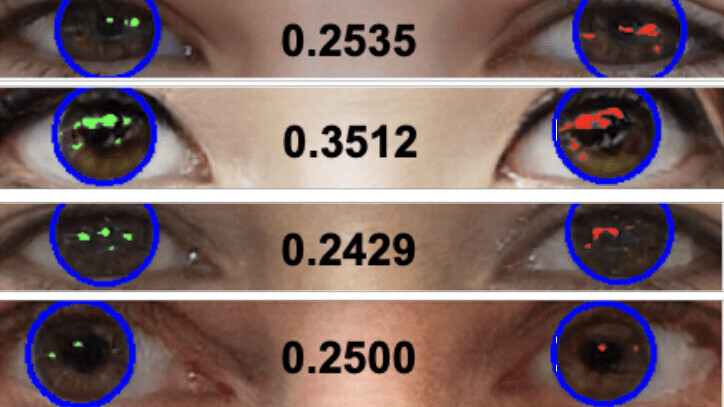A new AI-powered tool offers an easy way to detect deepfakes: the tool processes
The system detects counterfeits using analysiscornea, the surface of which reflects the surface in front of the hero of the video. In a photo of a face taken by the camera, the reflection in both eyes will be similar because they see the same thing. But reflections in deepfake videos or images are often different.

The system generates a score that servessimilarity metric. The lower the score, the more likely the person is a deepfake. The system has shown high efficiency in detecting counterfeits taken from stocks created in the StyleGAN2 architecture. However, the study authors acknowledge that it has several limitations.
The most obvious disadvantage of the tool isthat it relies on a reflected light source in both eyes. Inconsistencies in these patterns can be corrected with manual post-processing, and if one eye is not visible in the image, the method will not work.
It has also only proven effective in portraits. If the face in the image is not looking at the camera, the system is likely to generate false positives.
Read more
Uranus has received the status of the strangest planet in the solar system. Why?
Physicists have created an analogue of a black hole and confirmed Hawking's theory. Where it leads?
Abortion and science: what will happen to the children who will give birth